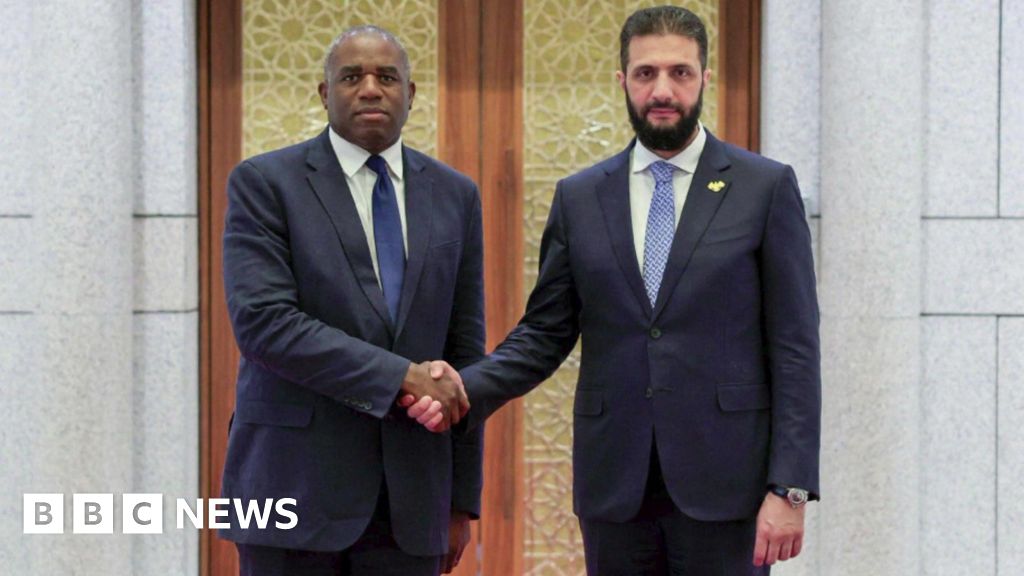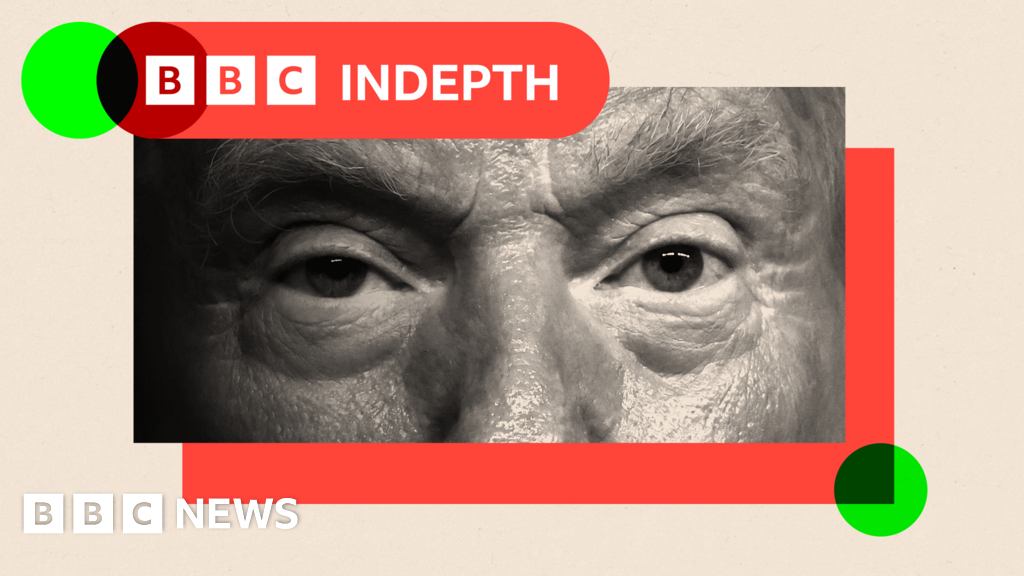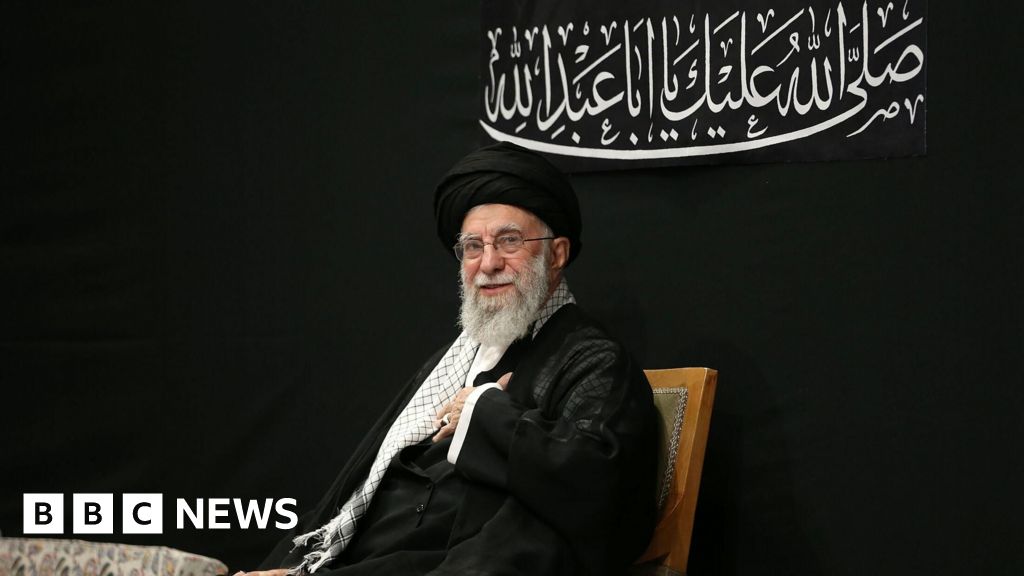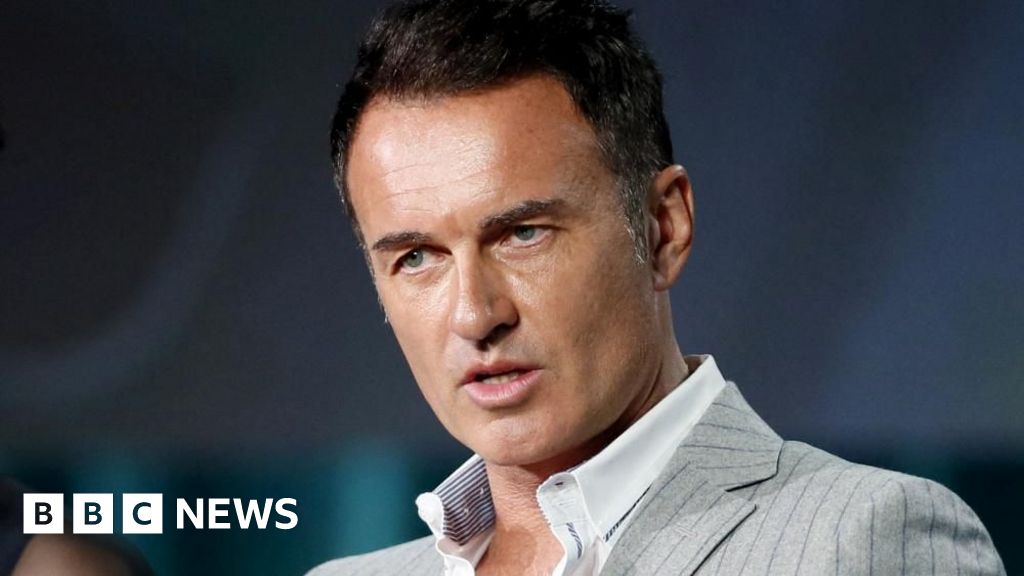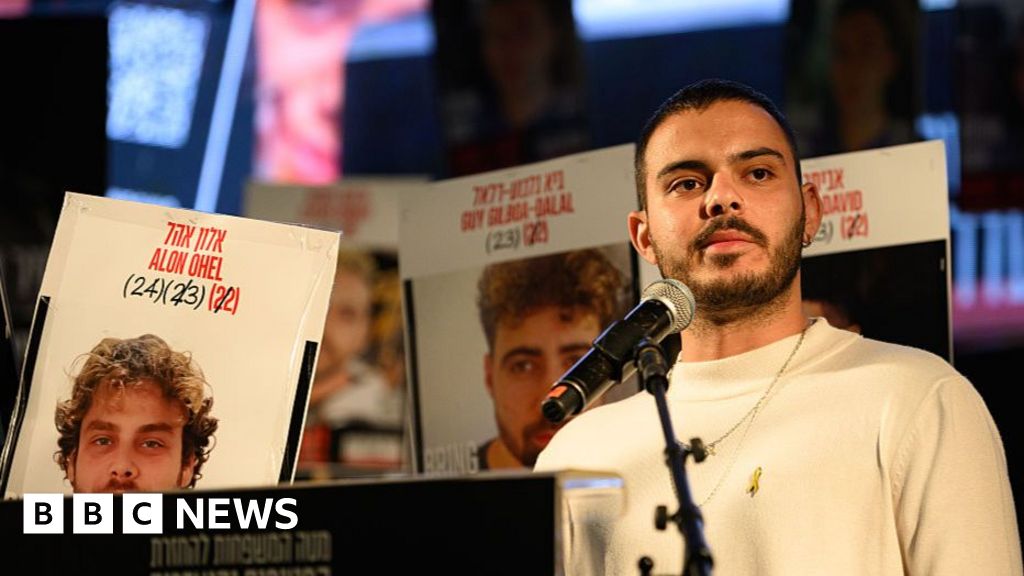President Trump on Wednesday dramatically reversed course on steep global tariffs that have roiled markets, upset members of his own party and raised fears of a recession, saying just hours after stiff levies went into effect on nearly 60 countries that he would pause them for 90 days.
But the president did not back down on China and instead raised tariffs once again on all of its exports to the United States, bringing those import taxes to a whopping 125 percent. That decision came after Beijing had raised its levies on American goods to 84 percent in an escalating tit-for-tat between the world’s largest economies that showed no signs of cooling.
In a post on Truth Social, the president said that he had authorized “a 90 day PAUSE” in which countries would face “a substantially lowered Reciprocal Tariff” of 10 percent. As a result, almost every trading partner now faces a 10 percent blanket tariff, except for China, which faces a 125 percent tax.
The S&P 500 climbed about 7 percent in a matter of minutes after Mr. Trump’s post, sharply reversing days of losses. Wednesday was the best day for the S&P 500 since the recovery from the 2008 financial crisis. Nearly every stock in the index rose. Airlines, some tech companies and Tesla were among those companies to soar over 20 percent. Shares of automakers rose sharply even though 25 percent tariffs on imported cars remain in place. Ford and General Motors both rose more than 7 percent.
Asked why he decided to pause the tariffs just hours after imposing them, Mr. Trump seemed to acknowledge the market rout that had erased trillions of stock market wealth in recent days.
“Well, I thought that people were jumping a little bit out of line,” he said. “They were getting yippy. They were getting a little bit afraid.”
Mr. Trump’s change in course came amid a sharp sell-off in U.S. government bond markets and the dollar, which are typically seen as the safest corner for investors during times of turmoil. Investors large and small had watched trillions in stock market value vanish in a matter of days, and economists increasingly sounded urgent alarms that the United States might be careening toward a recession of its own making.
Asked if the bond market fed into his decision, Mr. Trump said he watched as people were getting “queasy.”
“I was watching the bond market; the bond market’s very tricky, but if you look at it now, it’s beautiful,” he said.
The president announced last week that he would raise tariffs to levels not seen for a century, a change he said would make global trade more fair even if it caused some “discomfort.” As markets gyrated, Mr. Trump and his advisers insisted that they were committed to keeping the tariffs on until other countries lowered their trade barriers and made other economic changes.
Dozens of foreign countries raced to assemble delegations to appeal to the Trump administration. In a congressional hearing Wednesday, Jamieson Greer, the U.S. trade representative, said he had meetings Tuesday with officials from Europe, South Korea, Ecuador and Mexico, in addition to conversations with countries like the United Kingdom in recent weeks.
Vietnamese officials had offered to cut their tariffs on American apples, cherries and ethanol, and brought along a term sheet to a meeting spelling out changes they were willing to make, Mr. Greer said. He predicted the negotiations would lead to “open markets overseas,” creating a “virtuous cycle” for American manufacturing.
Mr. Greer criticized the typical way to negotiate trade deals, describing them as “where you ask others nicely to give you market access and to do a dialogue with you for several years, and at the end you have no more market access.”
“And then there’s the Trump way,” he added.
As the hearing was nearing its end, Mr. Trump sent out his post announcing the pause, which took the gathering by surprise and rippled through the chamber.
“This is amateur hour,” shouted Representative Steven Horsford, Democrat of Nevada. “It looks like your boss just pulled the rug out from under you.” He pressed Mr. Greer about whether the move amounted to market manipulation by the Trump administration.
Mr. Trump’s advisers quickly tried to spin his decision as a win and not a capitulation.
Mr. Bessent said that the tariffs had worked to get some of China’s closest neighbors to seek deals with the United States. He denied that the decision to pause tariffs came as a result of the markets, saying that it was going to take “some time” to meet with foreign partners about trade deals and that “President Trump wants to be personally involved.”
Howard Lutnick, the secretary of commerce, wrote on social media that he had sat beside the president while he wrote the Truth Social post announcing the pause.
“The world is ready to work with President Trump to fix global trade, and China has chosen the opposite direction,” Mr. Lutnick said.
But many analysts expressed skepticism. Emily Kilcrease, a senior fellow and director at the Center for a New American Security, said that the pause could be interpreted “as a reaction to the rapid decline in the U.S. stock markets, and the increased calls from even members of Congress on the Republican side to put some order around the negotiations.” Ms. Kilcrease, a former deputy assistant U.S. trade representative, pointed out that Mr. Trump similarly suspended earlier tariffs on Mexico and Canada.
The administration had also received pushback in recent days from chief executives and business groups who stood to see their international supply chains crushed by the tariffs. Officials at the Federal Reserve have also been growing increasingly concerned about the prospects of the U.S. economy weakening at the same time that inflation rose further — the makings of a stagflationary shock.
Minutes from the March meeting showed that almost all officials viewed “risks to inflation as tilted to the upside and risks to employment as tilted to the downside.” That combination would be a tricky one for the Fed to navigate as it seeks to balance its goals of fostering a healthy labor market while also returning inflation to its 2 percent target.
Some officials saw “difficult trade-offs if inflation proved to be more persistent while the outlook for growth and employment weakened,” the minutes said.
Diane Swonk, the chief economist at KPMG, voiced her frustration after the pause was announced. “This is nuts. Damage done,” she said.
“Market relief is a head fake, unless the administration makes a major course correction,” she argued, adding that “uncertainty is its own tax on the economy.”
On Wednesday afternoon, the president told reporters that he might consider exempting some U.S. companies from the tariffs, in addition to the 90-day pause. He said his thinking on this would be made “instinctively.”
Reporting was contributed by Talmon Joseph Smith, Colby Smith, Joe Rennison, Robert Jimison and Alan Rappeport.
Source link





